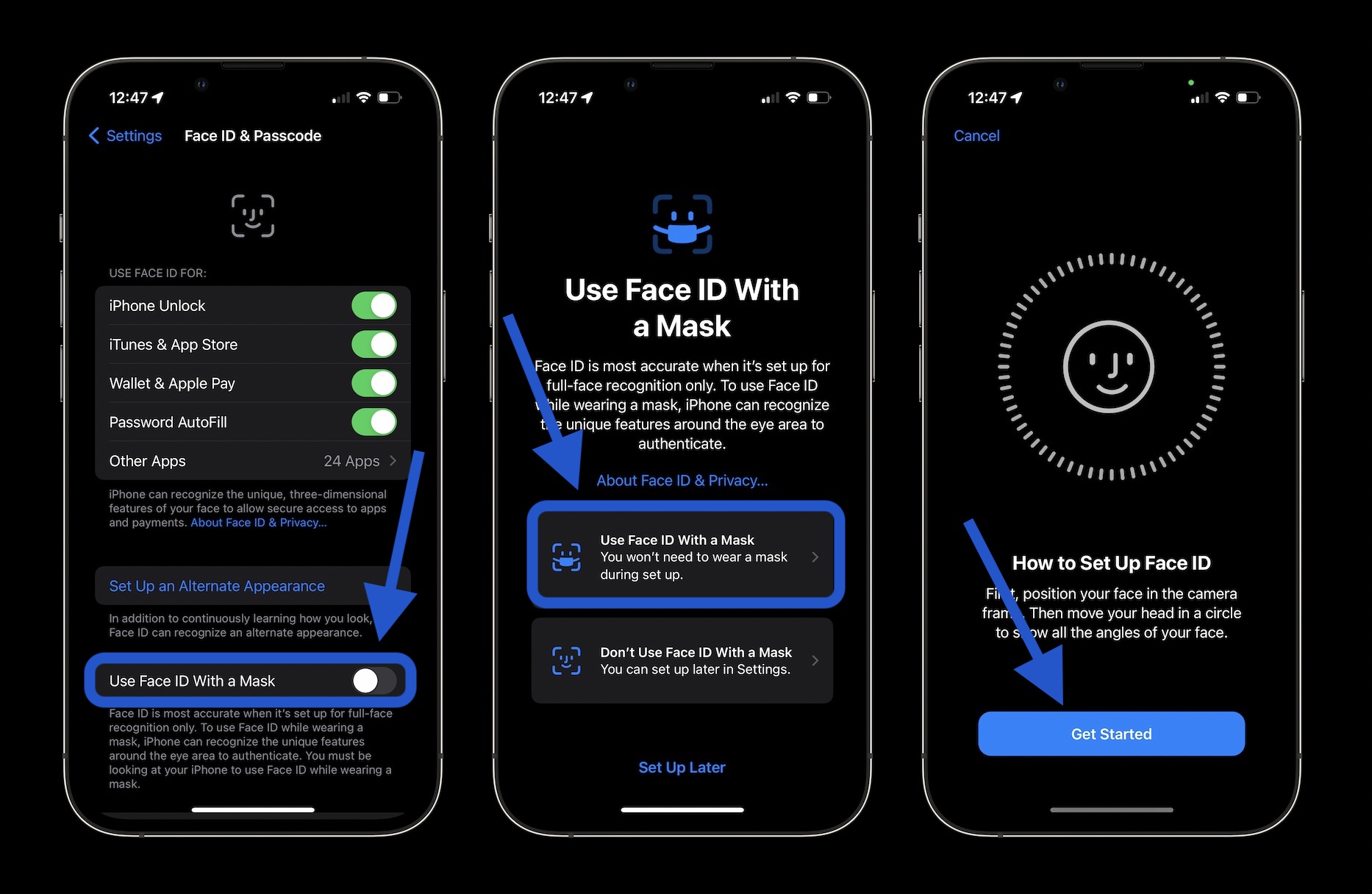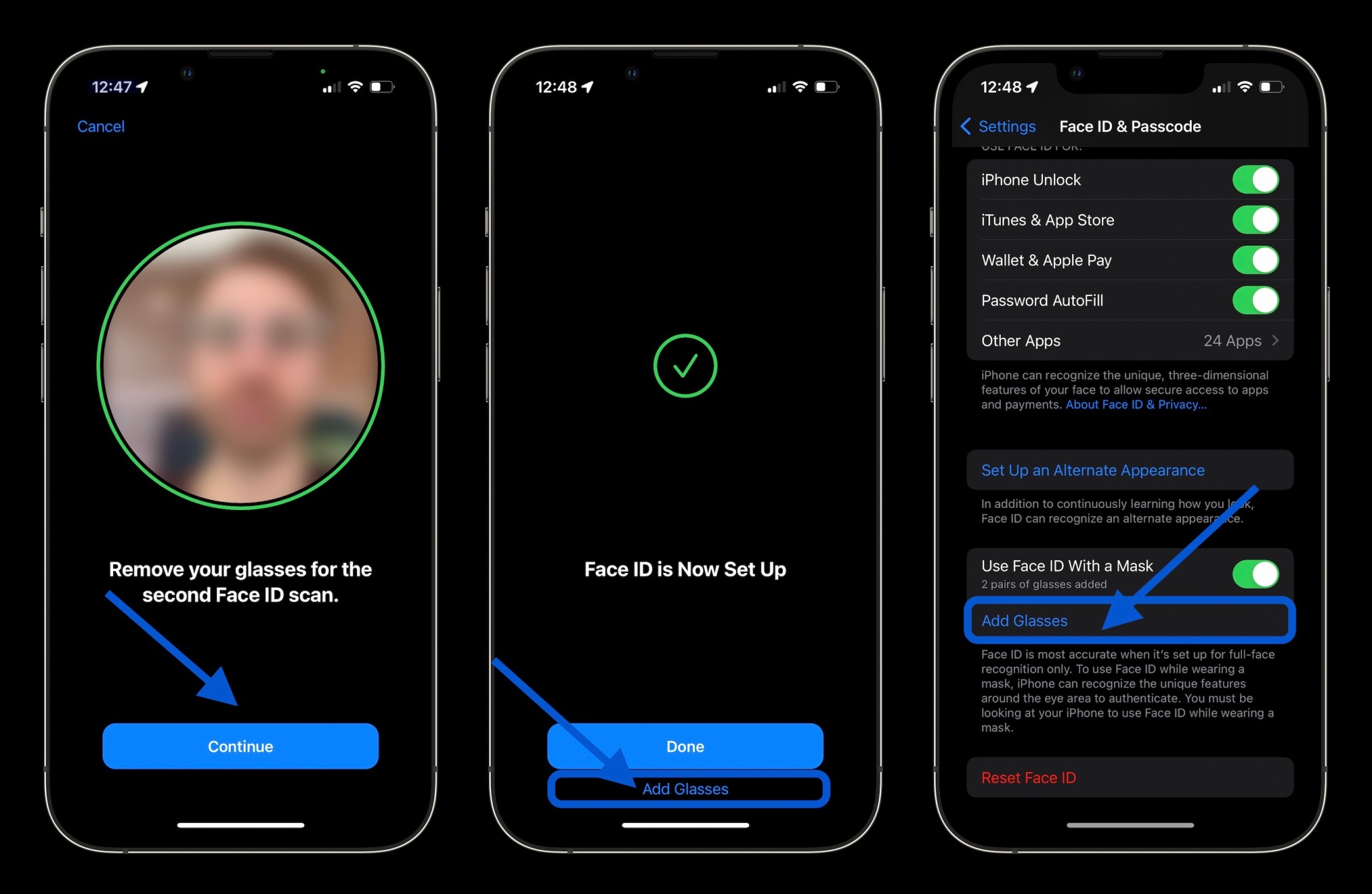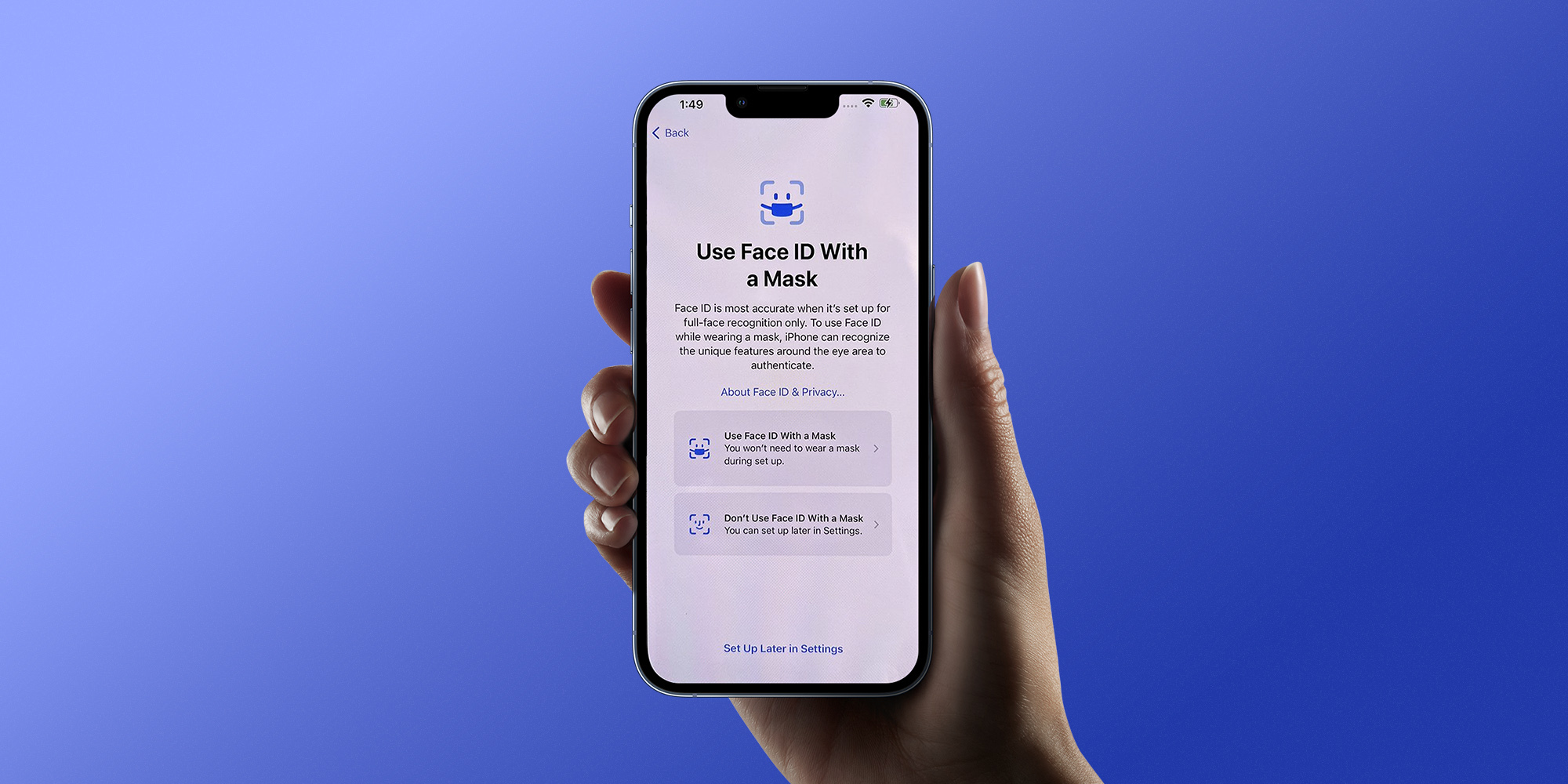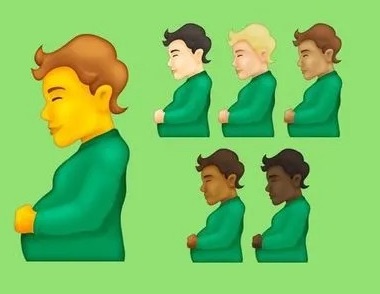On Tuesday, March 8, Apple announced as part of its Peek Performance event that it will release the iOS 15.4 operating system update this week. In the end, it didn't keep us busy for too long and did so on Monday, when it was also accompanied by iPadOS 15.4, tvOS 15.4, watchOS 8.5 and macOS 12.3. But for us, it happened an hour earlier, a little atypically.
We are quite used to the fact that when Apple releases updates to its operating systems to the general public, it happens at 19:00 our, i.e. Central European (CET), time. The English marking is CET - Central European Time, where CET corresponds to GMT+1 during standard time, when switching to summer time, CET = GMT+2 hours. GMT (Greenwich Mean Time) is the time at the prime meridian in Greenwich (London).
It could be interest you

But the United States of America is a really vast country that goes through several time zones, six to be exact. Regardless of what time it is in Cupertino and what time it is in New York, the time change from summer to winter and vice versa in the USA is similar to what happens here. However, it is still true that similar and not the same.
The shift from summer to winter time in the USA occurs on the first Sunday in November, and from winter to summer time occurs on the second Sunday in March. So this year it was March 13, 2022, but the time change will not happen for us until March 28, which caused the difference in the time of distribution of the system, when we received it an hour earlier.
In Cupertino, i.e. the headquarters of Apple, the distribution was released at a typical time for the company, namely 10 o'clock in the morning. The current value of the time there is CET -8 hours and GMT -7 hours. Therefore, there is nothing to look for behind the earlier release of updates other than a simple time change. Even though Apple has been changing its established practices a lot recently, it released operating systems in a very classic time for it.






















Please correct it in the article. The time change will take place on Sunday, March 27 at 2:00 a.m., moving forward one hour. So not on Monday the 28th as stated in the article.